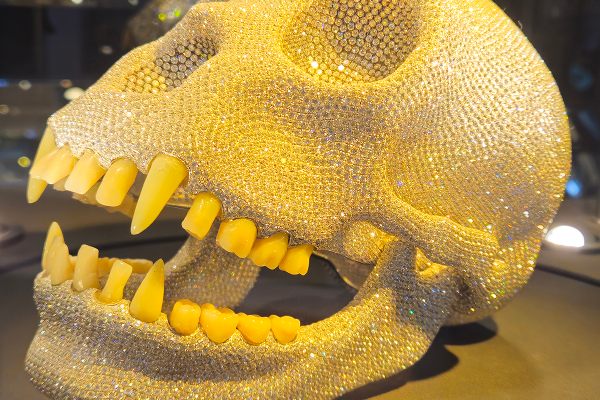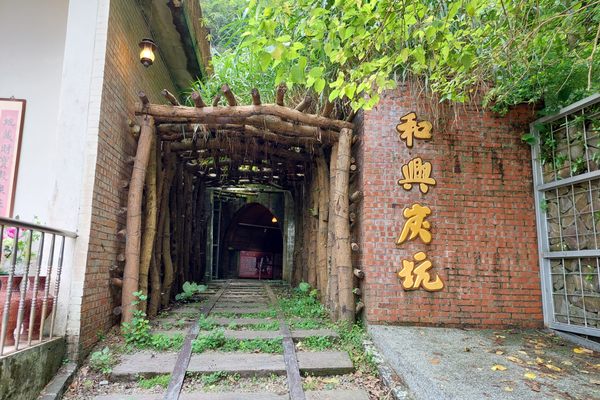About
Museo dell’Illuminazione Mineraria (Museum of Mining Lighting) consists of a collection of more than 2,000 mining lamps spanning from ancient to modern. In addition, there are vintage carts, helmets, telephones, drills, and other paraphernalia related to mining. Almost all the items on display were found or recovered from local mines in and around Schilpario.
Some of the oldest items on display are early forms of mining lamps used during the Roman Empire, which consisted of simple candle holders and rudimentary (vegetable) oil lamps, usually made of terracotta or clay. Major drawbacks of these lamps included the possibility of accidentally igniting combustible gasses, using up the limited amount of oxygen present in some mines, and the extinguishing of the flame if knocked over.
Starting around the 16th century, modern versions of oil lamps appeared. These were made of cast iron with a circular shape, and characterized by the presence of a rooster-shaped handle on the cover used for refilling the lamp. The association of illumination and the rooster is ancient. The most likely explanation is that just as the rooster announces the dawn of the day, the lamp brings light to dark places.
The museum has also a curious 18th-century prototype of a lamp that used a roll made of flint. Miners could turn a crank, and friction with a fixed piece of flint would produce continuous sparks as a source of illumination. This style of lamp was soon retired from use because of the frequent explosions it caused in mines with combustible gasses present.
The next big step in mining lamps came with the invention of carbide lamps by Thomas Wilson, in 1892. Carbide lamps burn acetylene, a chemical compound produced by the combination of calcium carbide and water. These lamps provided better illumination and increased fuel efficiency. As a bonus, miners sometimes allowed exhaust gas to flow under their clothes for warmth. The museum has a huge number of these lamps. Earlier versions came in the shape of traditional lanterns. Later versions came with a reflective dish to increase and diffuse illumination. The major drawback of these lamps was the possibility, once again, to cause explosions.
The next generation in mining lamps tried to address this issue by eliminating the open flame that was present in all previous iterations of mining lamps, and they were aptly named safety lamps. At the beginning of the 19th century, a lamp was created with a candle burning inside a glass case. A person had to be designated to operate a pair of bellows that pumped air into the lamp, which made the use of this lamp labor-intensive. Newer, better versions were created through the following years. Different types of safety lamps can be seen at the museum.
The final revolution in mining lamps came with the invention of electricity. The beginning of the 20th century saw the emergence of electric lamps for mining, but it took a few years before this technology became used widely. The museum has examples of electric lights from the 1960s onward.
Related Tags
Know Before You Go
Booking is not necessary, but opening hours can vary, and online information is not always up to date. Accurate information can be obtained upon writing to this email address: miniereskimine@gmail.com
Flavors of Italy: Roman Carbonara, Florentine Steak & Venetian Cocktails
Savor local cuisine across Rome, Florence & Venice.
Book NowCommunity Contributors
Added By
Published
August 25, 2021



































































